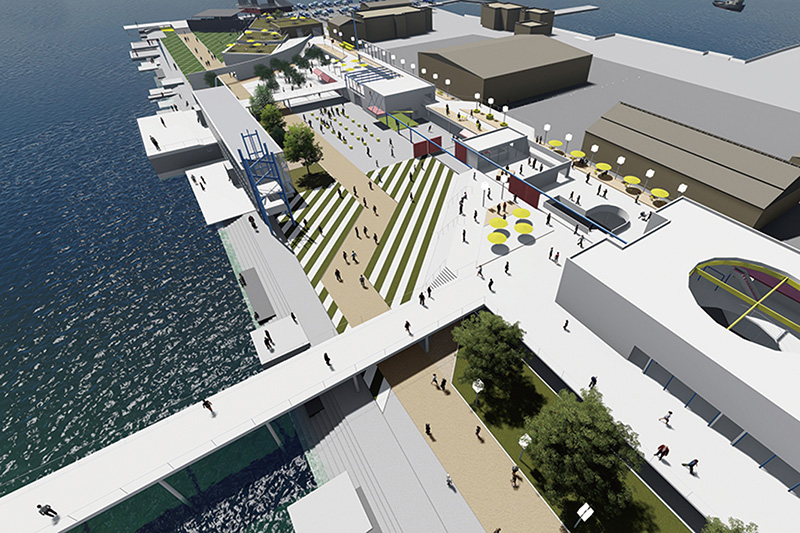
Architectural Design and Information Systems Laboratory(SAWADALAB)
Designing architectures that connect people, nature and social environments
Since our livelihood is closely related to ever-changing natural and social environments of various kinds, we aim to listen closely to all kinds of “news” that the environment brings us and visualize them through digital tools and various other skills. We do this to improve existing technologies in order to design architectures in a specific way that is meant to identify and solve environmental problems. Our learning methods are based on an e-learning system that allows anybody to study anytime from anywhere. We also use an active learning using information and communication technologies (digital environment) to reaffirm the importance of “being here now.”

- Faculty Name
- SAWADA, Hideyuki
- Keyword
- Architectural designs,Regional communities,ICT (information and communication technology),BIM (building information modeling)
- Laboratory location
- No.5 Building OMIYA Campus 5F 5532-1
This lab is for this SDG activity:
STUDY FIELDS
- Architecture
FOR SOCIETY
Against the backdrop of information technology advancement, the structure of modern-day industries and employment system has drastically changed. Thus, we aim to have students acquire the abilities to respond to problems with flexible viewpoints as well as the required digital literacy. This will enable them to help spark innovations that match relevant social needs.
RESEARCH THEMES
- Research on architectural designs for visualizing ever-changing natural and social environments and on identifying solving problems
- Development of optimal skills to improve the existing technologies to deal with relevant problems as well as design processes that combine building information modeling (BIM) and information and communication technology (ICT)
- Development of user-oriented designs that invigorate regional communities




